- Home
- Articles
- Architectural Portfolio
- Architectral Presentation
- Inspirational Stories
- Architecture News
- Visualization
- BIM Industry
- Facade Design
- Parametric Design
- Career
- Landscape Architecture
- Construction
- Artificial Intelligence
- Sketching
- Design Softwares
- Diagrams
- Writing
- Architectural Tips
- Sustainability
- Courses
- Concept
- Technology
- History & Heritage
- Future of Architecture
- Guides & How-To
- Art & Culture
- Projects
- Interior Design
- Competitions
- Jobs
- Store
- Tools
- More
- Home
- Articles
- Architectural Portfolio
- Architectral Presentation
- Inspirational Stories
- Architecture News
- Visualization
- BIM Industry
- Facade Design
- Parametric Design
- Career
- Landscape Architecture
- Construction
- Artificial Intelligence
- Sketching
- Design Softwares
- Diagrams
- Writing
- Architectural Tips
- Sustainability
- Courses
- Concept
- Technology
- History & Heritage
- Future of Architecture
- Guides & How-To
- Art & Culture
- Projects
- Interior Design
- Competitions
- Jobs
- Store
- Tools
- More
Landscape Of Traces: A Green Gateway to Taipei’s Storied Past

The Railway Department Park, a vital component of the National Taiwan Museum, stands as a living testament to Taiwan’s urban evolution over 130 years. Originating in the Qing Dynasty as the first railway of Taiwan, this site initially supported the Machinery Bureau’s weapon manufacturing efforts. It later transformed into the Taipei Artillery Factory and subsequently the Taipei Railway Factory in 1900. Today, it lies adjacent to the bustling Taipei Main Station, a central nerve of transportation for both the city and the entirety of northern Taiwan. Recognized as a national historical monument, the Railway Department Park is a key element in the Taipei West District Gateway Project, an ambitious urban renewal initiative that encompasses nearly a third of downtown Taipei.

The site’s storied past is a patchwork of different eras, with its history preserved mainly through rudimentary maps and records. During Japanese rule, the compound saw utilitarian and haphazard industrial constructions. The layout of buildings was organic and somewhat disordered, with some structures even being built directly against the walls of the Qing Dynasty compound, cutting through 60 cm thick rubble walls. Serving as a railway hub for over a century, the park has been a silent witness to a whirlwind of historical events encompassing politics, war, industry, and urban development. This rich and complex history makes the Railway Department Park a magnet for historians, railway enthusiasts, and the general public, each drawn to its layers of stories.

The design concept, dubbed “Landscape of Traces,” aims to bring the site’s historical transformations to light, presenting them as urban traces or historical imprints for public discovery. Archaeological reconstruction of the site was deemed unfeasible, as a significant portion of the historical remains had been irrevocably altered or destroyed to accommodate train tunnels. Moreover, the lack of precise historical data further complicated any attempts at accurate reconstruction.

In response to these challenges, the landscape design adopts a language of “blurred,” “gradient fade,” and “fuzzy edges,” representing a strategy of approximation rather than asserting absolute historical accuracy. This approach results in the representation of past buildings, structures, and railway tracks as indistinct, low-fidelity imprints within the museum grounds. These overlapping and intersecting traces narrate the site’s story, showcasing over a century of growth, change, and transformation. The design allows visitors to walk through a physical manifestation of history, where the past and present coalesce in a unique urban space.
By embracing the ambiguity of the site’s history, the Railway Department Park not only preserves the memory of Taipei’s urban development but also provides a green oasis in the heart of the city. It serves as a bridge between generations, offering a space where citizens can connect with their heritage in a tangible way. The park is not just a historical site; it’s a dynamic landscape that continues to evolve, reflecting the ongoing narrative of Taipei’s growth and change.

In essence, the Railway Department Park is a symbol of resilience and adaptability, embodying the spirit of Taipei as it navigates the complexities of modern urban life while honoring its rich historical tapestry. This park stands as a testament to the city’s commitment to preserving its past while forging a sustainable, vibrant future, making it a cornerstone of Taipei’s cultural and environmental identity.

Submit your architectural projects
Follow these steps for submission your project. Submission FormLatest Posts
Top Botanic Gardens in the United States: Where We Go For Living Collections And Calm
Top Botanic Gardens in the United States: our expert-vetted list with when...
Best Resources for Aspiring Landscape Architects
Landscape architecture mixes art with hard science. You’re not just sketching gardens....
Transform Your Garden with Artificial Turf Austin Solutions
Transforming your garden with artificial turf can be a game-changer, especially if...
What You Really Need to Create a Beautiful Yard
A beautiful yard is more than just an outdoor space, it’s a...

















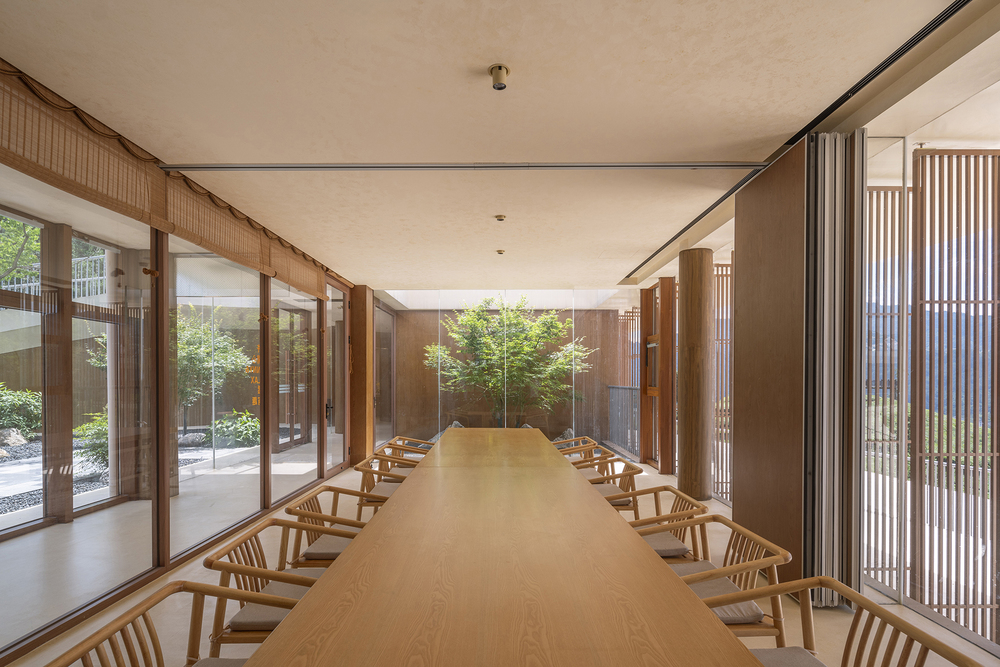




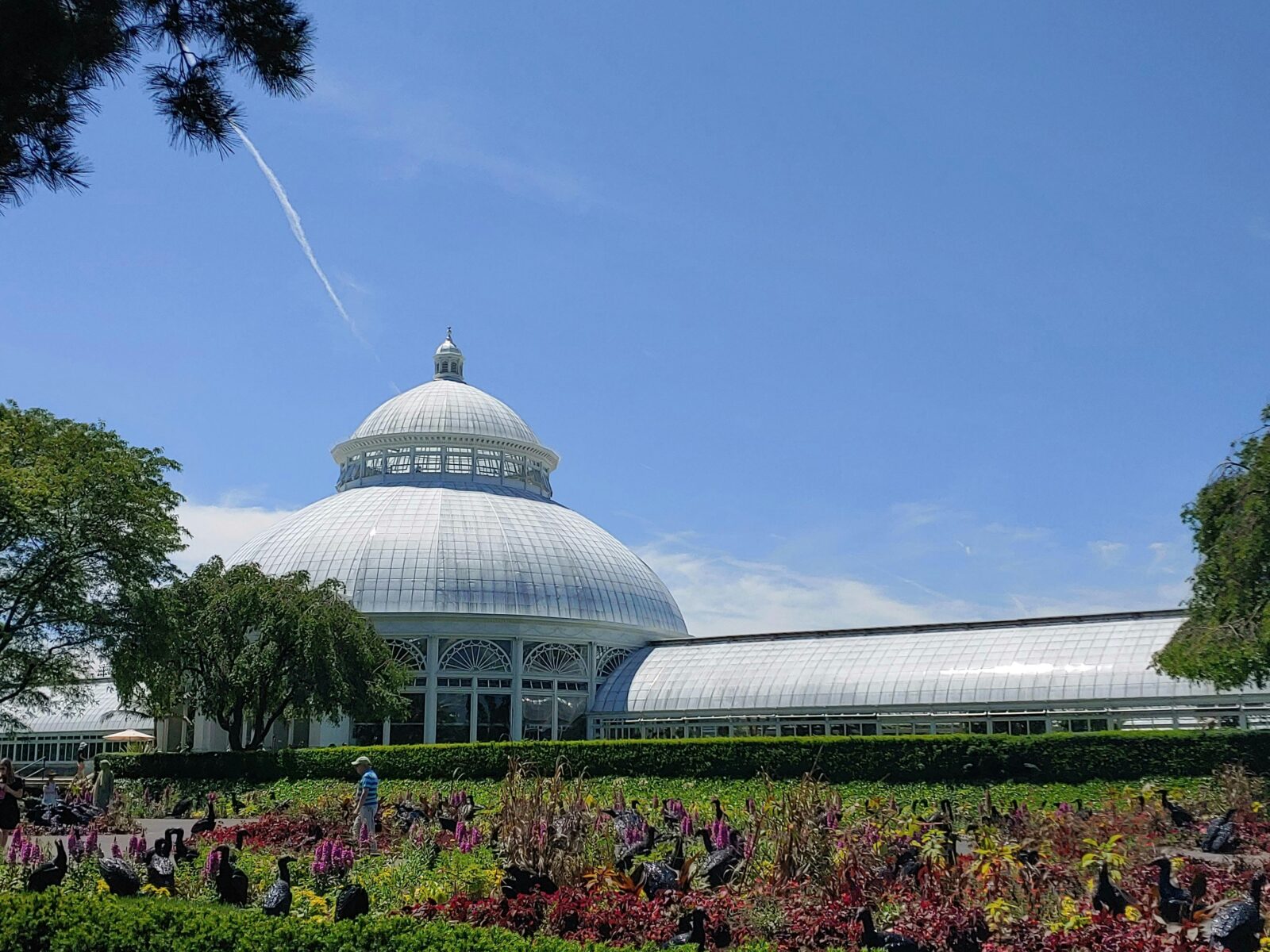
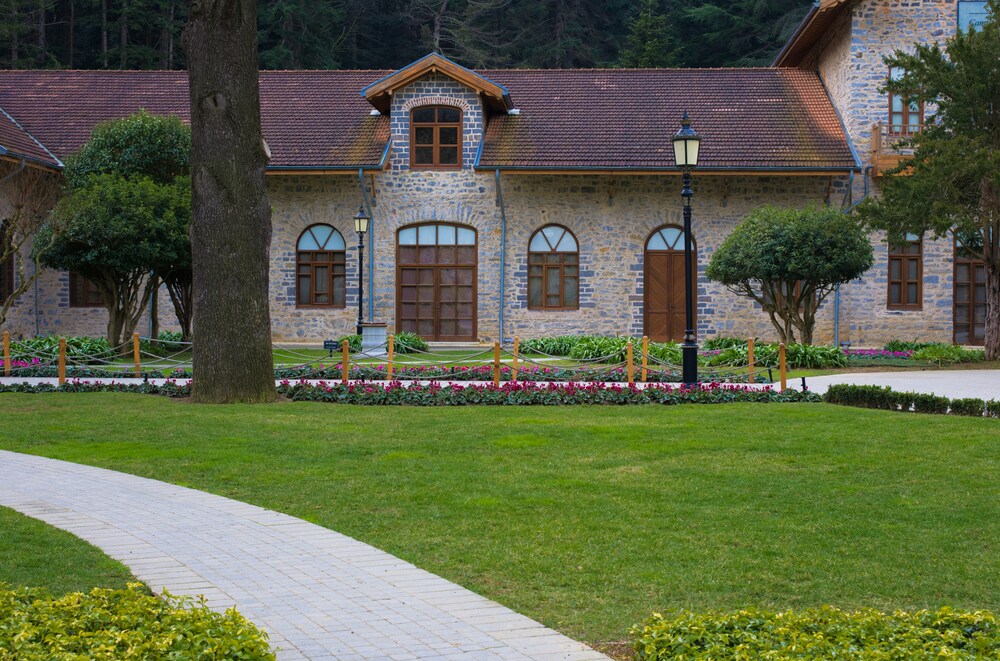
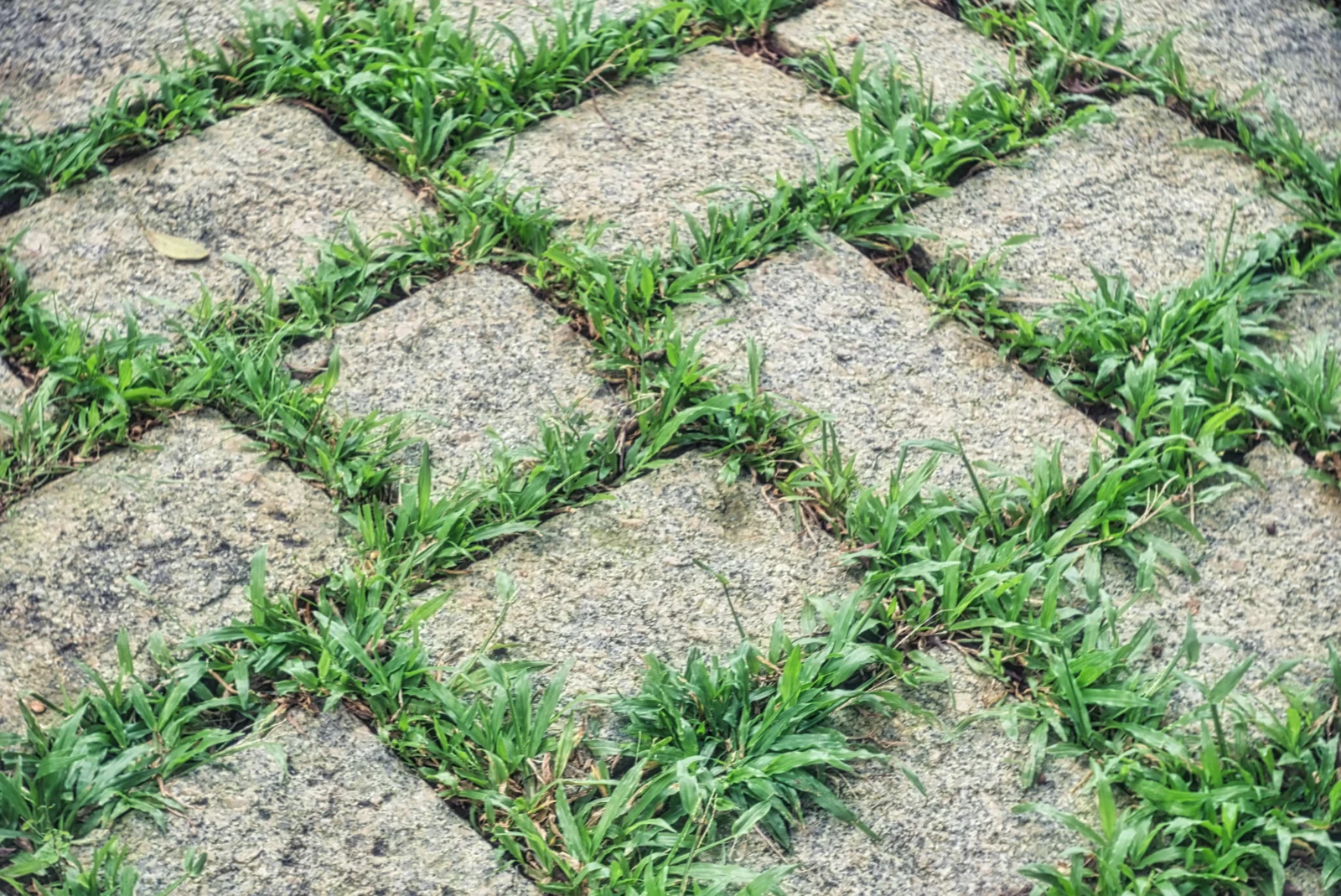
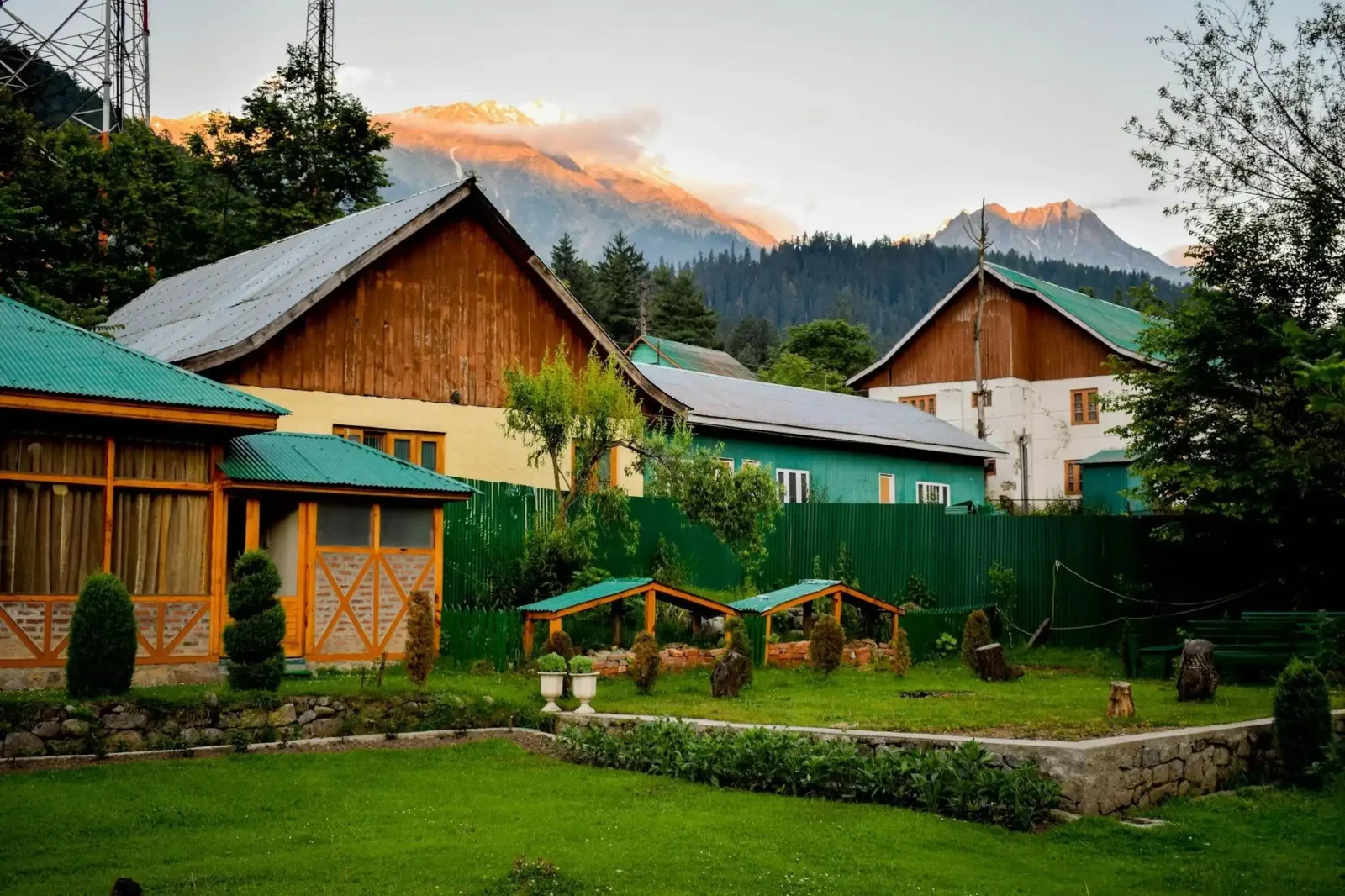
Leave a comment